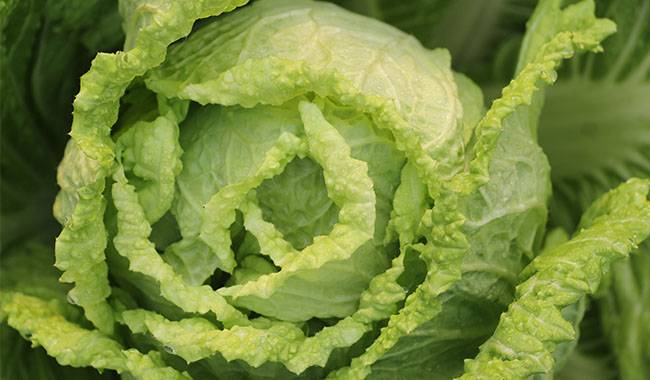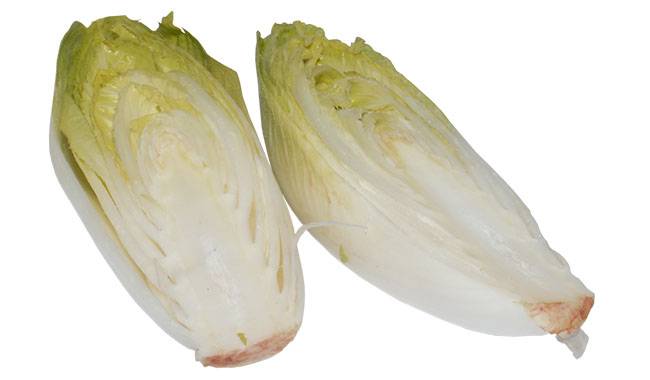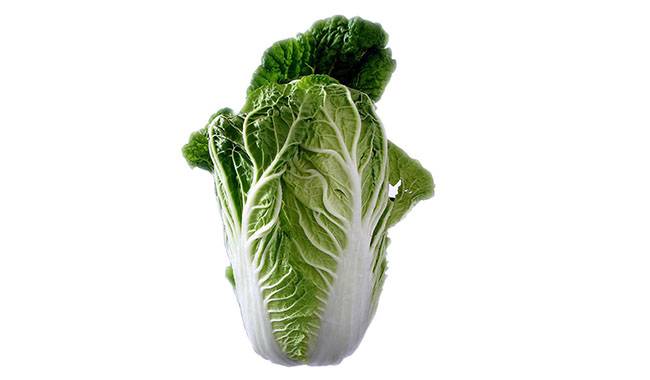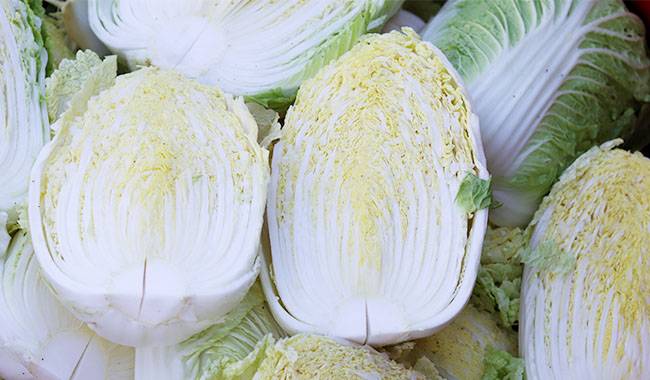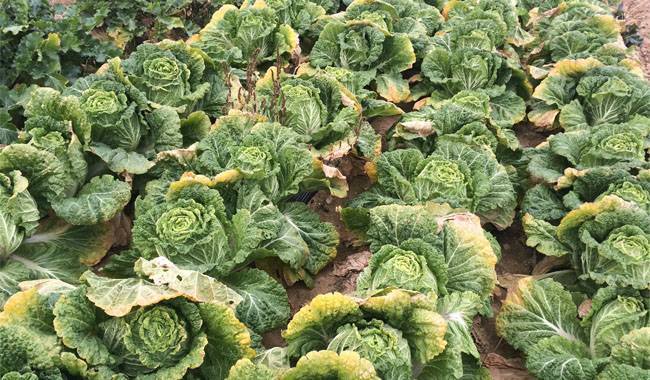
4,000 years ago, this is the first time of Chinese cabbage was introduced into the culture. But more accurate sources, it was more than 5,500 years ago.
This vegetable is used in a wide range of culinary applications. It is suitable for frying and stewing, cabbage is added to a variety of soups and can be used raw. From China, Chinese cabbage spread to Korea, Japan, and Southeast Asian countries.
Interestingly, in Europe, Chinese cabbage was only really “discovered” about 60 years ago and is now grown in almost every vegetable garden and of course on an industrial scale, especially in the United States. Our article will mation about the peculiarities of growing Chinese cabbage.
DESCRIPTION OF CHINESE CABBAGE
Chinese cabbage, a completely unpretentious vegetable crop that is very capable of giving vegetable growers not one, but two harvests in a warm period. The advantage of Chinese cabbage is that it is not very difficult to grow and even novice gardeners can usually cope with it.
Chinese cabbage is easy to care for. It is not a capricious crop, grows very actively, does not keep poorly, has useful characteristics and good flavor.
Chinese cabbage is somewhere between cabbage and lettuce leaves, but it belongs to the cabbage family. The head of cabbage is not firm like bok choy but is elongated with many oblong, wrinkled, light green leaflets.
CULINARY USES OF CHINESE CABBAGE
Due to its very pleasant flavor, Chinese cabbage is often used as a salad plant. The leaves are not only eaten fresh but are often simply used as a garnish for a dish, seemingly to emphasize the flavor of the food being prepared. Chinese cabbage contains a lot of fiber useful for the stomach and intestines, a whole complex of minerals and vitamins.
There are so many dishes made with Chinese cabbage or made with Chinese cabbage, that entire recipes have been published in which the main ingredient of each dish is Chinese cabbage.
FEATURES OF GROWING CHINESE CABBAGE
In addition to the advantages mentioned above, Chinese cabbage has many other advantages. It matures very early, taking 45 days (early varieties), 60 days (medium varieties) to 80 days (late varieties) to harvest Chinese cabbage.
Chinese cabbage has its own problems: besides its enemies, which we will certainly talk about below, it also has a tendency to form arrows with flowers and then give seeds. Even when sown (not germinated), cabbage can throw arrows and flowers; of course, in this case, any delicate flavor or marketable appearance is impossible.
HOW TO AVOID SHOOTS IN CHINESE CABBAGE?
In order for Chinese cabbage to forget to flower, you should plant the seedlings or sow the seeds of this plant at the most suitable time. Chinese cabbage usually “arrows” when the sunshine hours are very long; therefore, seeds and seedlings should be sown and planted when the sunshine hours are short – this is mid-spring, in April or mid-summer, near the beginning of August.
It may seem like a relatively long daylight period, but trust us, this is the best time for cabbage, which does not produce arrows.
HOW BEST TO GROW CHINESE CABBAGE – FROM SEEDS OR SPROUTS?
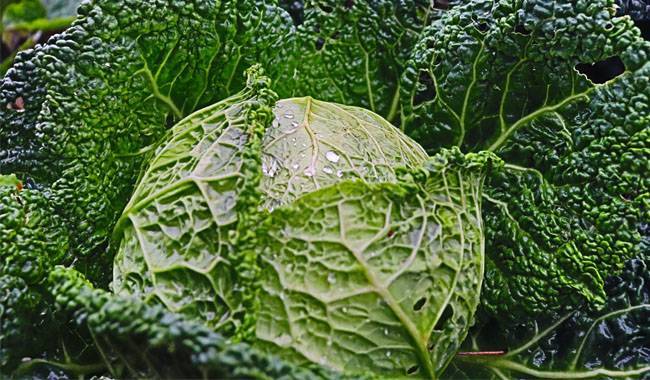
By the way, we mentioned that Chinese cabbage can be grown in two ways: by direct sowing in the ground and by germination, that is, by pre-planting indoors and then planting in the ground. We could immediately say that sowing seeds into the ground to grow Chinese cabbage is also a good method, but that this method is appropriate for people in the south, while people in the central and cooler regions need to take care of raising seedlings. But we will certainly show you two ways to grow Chinese cabbage in this material.
CHINESE CABBAGE SEEDLING CULTIVATION
Let’s start from planting through seedlings. What is important and what should be remembered? First of all, seeds for sprouts can be sown twice a year, i.e. the first time around mid-March or a few days later, and the second time around mid-June, but to transfer to July also a few days later.
The second harvest (summer harvest) of Chinese cabbage is usually stored better than the first harvest. Keep in mind: the culture is erratic in terms of harvesting, chronically sick, and slow to root on the plot where it is planted, so we recommend sowing the seeds immediately in peat soil pots from where they do not need to be transplanted. When planted in the ground, the pots will decompose in the soil, so the roots will not be harmed and the seedlings will take root faster.
It is best to fill the pots with a mixture of completely decomposed organic matter, turf soil, river sand, and garden soil in equal proportions, adding 500 grams of wood ash per 10 kg of substrate. When sowing Chinese cabbage, water the soil lightly to submerge the seeds by 0.4inch (1cm) and no more. Next place the pots with the seeds at room temperature 68-71°F (20-22°C).
If you want Chinese cabbage seeds to take off quickly, soak gauze with any safe growth regulator or similar product – for a day before sowing, then place the pot with the seeds in the bottom of the box and cover the box with food film.
Try not to change the temperature in the room, sprinkle the surface of the soil in the pot with a sprayer, and do not let it dry out. If you do it correctly, then after four days, sometimes even earlier, sprouts of Chinese cabbage will appear. As soon as they appear, remove the film and place the container on a southern windowsill.
Care of Chinese cabbage seedlings includes watering (taking into account the moisture content of the soil) and providing the plants with the equivalent of 12-13 hours of light, no more. LED lights are good for additional lighting.
After the appearance of four or five well-developed leaves, usually observed after 25-30 days for Chinese cabbage, seedlings (after a week of hardening) can be planted in the plot.
Hardening is an important stage that involves the plants gradually getting used to harsher conditions. If you have an enclosed balcony or terrace, that’s great. When the plants have formed the right number of leaves, the seedlings can be taken out for a few hours and the next day the seedlings can stay on the balcony or terrace for twice as long, which can increase this time to 24 hours.
After hardening, the Chinese cabbage can be planted in a seedbed; for this purpose, a loose seedbed should be chosen, which must be well lit and without stagnation of irrigation water. When planting, be sure to take into account the cultures previously grown in this bed, for example, Chinese cabbage grows well after onions, garlic, carrots, and potatoes, but after cruciferous plants – not well.
GROWING CHINESE CABBAGE FOR GERMINATION
To do this, you must first prepare the soil, however, as in the case of planting seedlings in a vacant lot, to dig over a full bayonet of spade, break up lumps, loosen, and first make sure that this bed is occupied by decent predecessors, or soil steaming.
Once the bed is placed in a well-lit place, without any, even a little shady, you need to sow the seeds of Chinese cabbage in a well or trench, every buried 0.4inch (1 cm) and no more than 0.8inch (2 cm). After sowing, it is best to water the soil with a sprayer or watering can, but with a nozzle with a very small hole.
Important: Always place the seeds and plant the seedlings of Chinese cabbage at the most suitable distance, usually 14inch (35 cm) apart for plants and 16inch (40 cm) apart for rows.
If you are sowing Chinese cabbage in dry weather, lightly sprinkle wood ash, stove ash, or soot on the soil surface after watering to retain as much moisture as possible. If the weather is cool and there may even be a frost, you should cover the seeds with cling film. When sowing seeds into the soil in an open field, you must wait twice as long as when sowing in peat cups.
HOW TO TAKE GOOD CARE OF CHINESE CABBAGE?
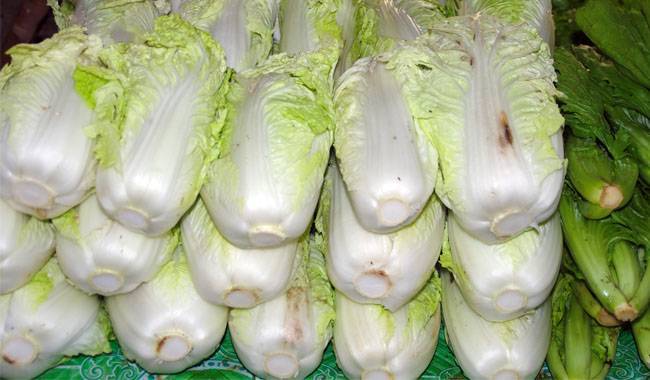
So, what we found – Chinese cabbage likes relatively short days, but likes to grow in well-lit areas, likes plenty of moisture in the soil, and has a good tolerance for coolness, to say the least – likes it.
If it is cold outside in the summer from 60-66°F (16-19°C), the temperature is just right for Chinese cabbage. high temperatures when cabbage “burdock” is growing and low temperatures when cabbage is bland can cause a dramatic drop in production.
With all this in mind, we recommend that you stock up on fleece and hardwire arcs and cover the plants if the weather is cold. This temporary greenhouse will protect cabbage from temperature extremes and can raise or lower the temperature slightly – so it should be covered at night or during the day.
Such a cover will keep Chinese cabbage from rotting during the summer months when there is excessive rainfall because, as we have already said, it likes the moisture supply but not too much of it.
To take good care of Chinese cabbage, the soil should be loosened, without waiting for the formation of soil sludge and ensure timely removal of weeds. It is best to pull them by hand after rain or watering and then pull them with the maximum number of roots.
Once the weeds have been removed, you can cover the soil with a 0.4inch (1cm) thick layer of soil such as wood ash, stove ash, or furnace ash, but you can also use regular dry soil. You can start loosening and mulching 25-30 days after seedling emergence or 15-20 days after sowing.
Important note: When watering Chinese cabbage, try to use rainwater.
Chinese cabbage likes it this way: put a 300-liter bucket under the gutter, paint it black, then the water will warm up in a day, which means that the benefits of watering will be doubled. You can water every other day, but little by little, about 2-3 liters per square meter, or once a week, but pour out a bucket of water per square meter.
FERTILIZATION OF CHINESE CABBAGE
How many times Chinese cabbage needs to be fed depends directly on when the seedlings are planted or sown in the open ground. If Chinese cabbage seedlings (or seed sowing) are planted (carried out) in spring, it is best to spend three parts of fertilizer; if it is in summer, that is quite enough, two parts.
It is best to apply the fertilizer dissolved in water. As a fertilizer, you can use nitrocellulose (one tablespoon per bucket of water, at a rate of 2-3 liters per square meter), or various natural infusions.
For example, you can fertilize plants with cowpeas by diluting them 10 times and then, after a few days of soaking, start watering with this solution, two liters per square meter is enough. Suitable for infusion of poultry manure, but it must be diluted 20 times and left for three days, the rate of consumption – the same.
A not bad reaction is Chinese cabbage infusion for weeds, especially nettles – it is necessary to mow about a kilogram of fresh, young nettles and pour into a bucket of water, leave it for a week, dilute it twice, you can water it and spend five liters per square meter of such an infusion.
If you want Chinese cabbage to form dense ovaries, then use an infusion of boric acid. To prepare it, it is necessary to dissolve one and a half grams of boric acid in a bucket of water, let it soak for a day, then fill the sprayer and treat the leaves of the plant directly in the evening.
PESTS OF CHINESE CABBAGE AND THEIR CONTROL
Let us now turn to the most vicious pests of Chinese cabbage; in our opinion, these are the cruciferous fleas and slugs. Since Chinese cabbage is usually eaten fresh and matures rather quickly, we do not recommend the use of insecticides, but rather folk control.
First of all, these are :
- Observe the principle of crop rotation (no cruciferous plants before Chinese cabbage and should not be grown in the bed).
- Observing the sowing times we have written.
- Use shelters, which will also reliably protect from pests.
- Apply ashes (wood or stove) or soot (any of these components, once formed shoots or applied immediately after planting seedlings, can be accepted to lightly chalk the soil).
For winter, be sure to dig the soil to the full snag of the shovel and do not break the clods, although the larvae of the pest are very hardy, most of them will freeze to death.
Co-growing sometimes works, if there are cucumbers, tomatoes, or onions with garlic nearby. It tends to leave the delicate cabbage leaves alone.
As a last resort, insecticides are only allowed for 25 days before cutting the crop; however, it is recommended to try a biological agent such as “biocide” first, as it can sometimes be very helpful.
Regarding slugs, they also cause considerable damage to Chinese cabbage, literally devouring it. “Playing” as slugs during the dark hours of the day, sometimes gardeners don’t even understand who would do this to cabbage.
Slugs can be eliminated in a variety of ways. One of the easiest ways is to place boards, slate blocks, plastic or roofing felt on the surface of the soil where Chinese cabbage grows.
Often, slugs seek shelter after their nightly feast, and this element on the plot seems to be a fairly reliable home for them. In the morning you can take out whatever you put out yesterday and collect the slugs that have accumulated under the hiding place.
Another option is a wild mixture of wood ash eg: 250-300 g and cayenne pepper – about a tablespoon. It is possible to sprinkle this composition on the soil around Chinese cabbage before rain or watering, which is very helpful, but then the procedure must be repeated.
Gardeners note its effectiveness, in terms of the usual “greening”, only one bubble is enough for a bucket of water, and this amount about for five square meters of soil.
HARVESTING AND STORAGE OF CHINESE CABBAGE
Chinese cabbage is quite a hardy culture, frosts up to 26-28°F (-3 to -2°C) are not feared and it continues to grow and develop as if nothing has happened. Gardeners usually make the second harvest in mid-October in central Russia and in its southern regions in mid-November.
When sowing or planting Chinese cabbage in spring, harvesting should be done according to the condition of the cabbage: once the cabbage becomes dense and, of course, the typical time period for this variety has passed, the cabbage can be harvested, by cutting.
Important note: Remember that this is spring cabbage sown or grown in summer and must be kept fresh or cut to be used again.
Chinese cabbage sown or grown in the summer will keep well at 80-85% humidity and 39-42°F (4-6°C). Sometimes you just need to wrap them in plastic wrap and put them in the refrigerator for longer storage.
Do you grow Chinese cabbage? What type of cabbage do you planting? What interesting dishes do you like to make with it? Share your experience in the comments of the article.




